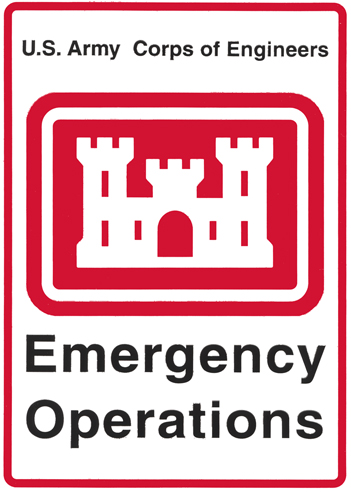 In the event of a major disaster or emergency situation the U.S. Army Corps of Engineers provides disaster relief to help preserve human life and prevent suffering as well as to minimize property damage and loss.
In the event of a major disaster or emergency situation the U.S. Army Corps of Engineers provides disaster relief to help preserve human life and prevent suffering as well as to minimize property damage and loss.
The U.S. Army Corps of Engineers must be fully prepared to respond to a major disaster or emergency situation by quickly establishing communications, assessing damaged or potential problem areas, provide response teams and prepare emergency contracts in accordance with USACE or FEMA policies.
Every year, the Corps of Engineers sends hundreds, sometimes thousands, of people to respond to disasters around the world. When disasters occur, it is not just a local Corps District or office that responds. Personnel and other resources are mobilized from across the country to carry out our response and recovery missions.